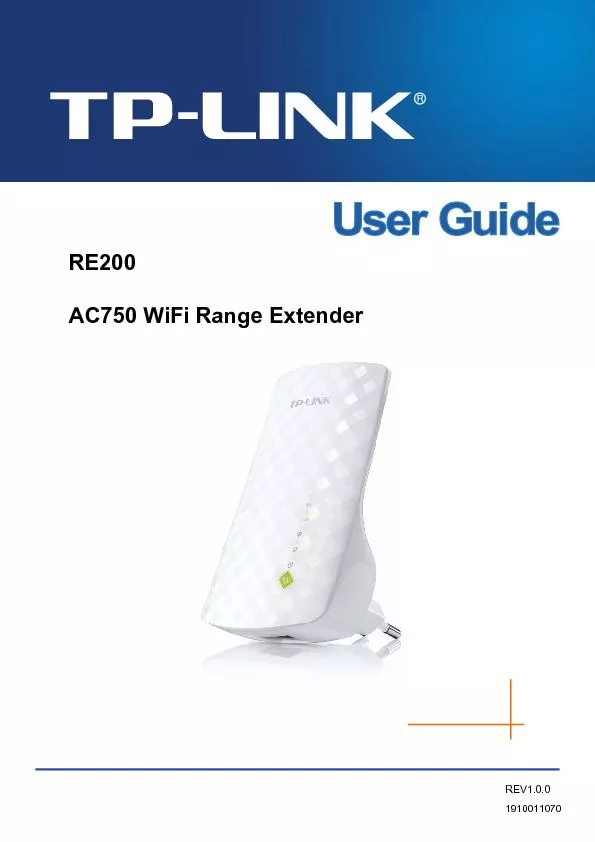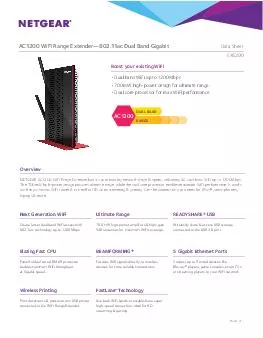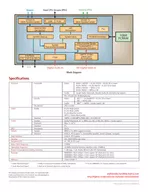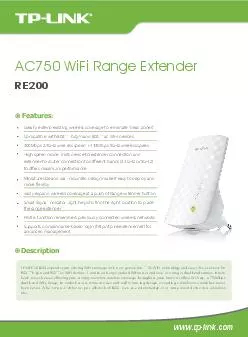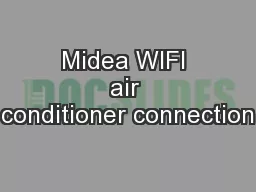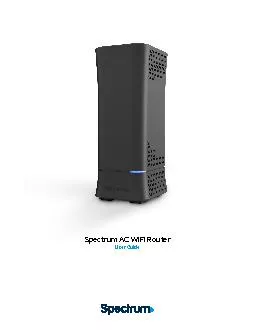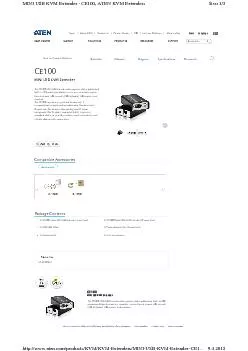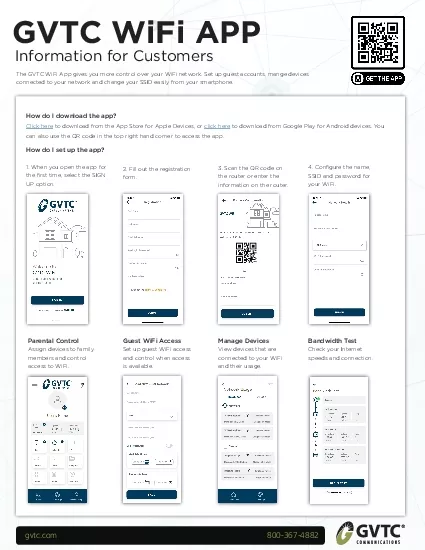PDF-RE200 AC750 WiFi Range Extender
Author : conchita-marotz | Published Date : 2016-12-10
1910011070 COPYRIGHT TRADEMARKSSpecifications are subject to change without notice is a registered trademark of TPLINK TECHNOLOGIES CO LTD Other brands and product
Presentation Embed Code
Download Presentation
Download Presentation The PPT/PDF document "RE200 AC750 WiFi Range Extender" is the property of its rightful owner. Permission is granted to download and print the materials on this website for personal, non-commercial use only, and to display it on your personal computer provided you do not modify the materials and that you retain all copyright notices contained in the materials. By downloading content from our website, you accept the terms of this agreement.
RE200 AC750 WiFi Range Extender: Transcript
Download Rules Of Document
"RE200 AC750 WiFi Range Extender"The content belongs to its owner. You may download and print it for personal use, without modification, and keep all copyright notices. By downloading, you agree to these terms.
Related Documents

